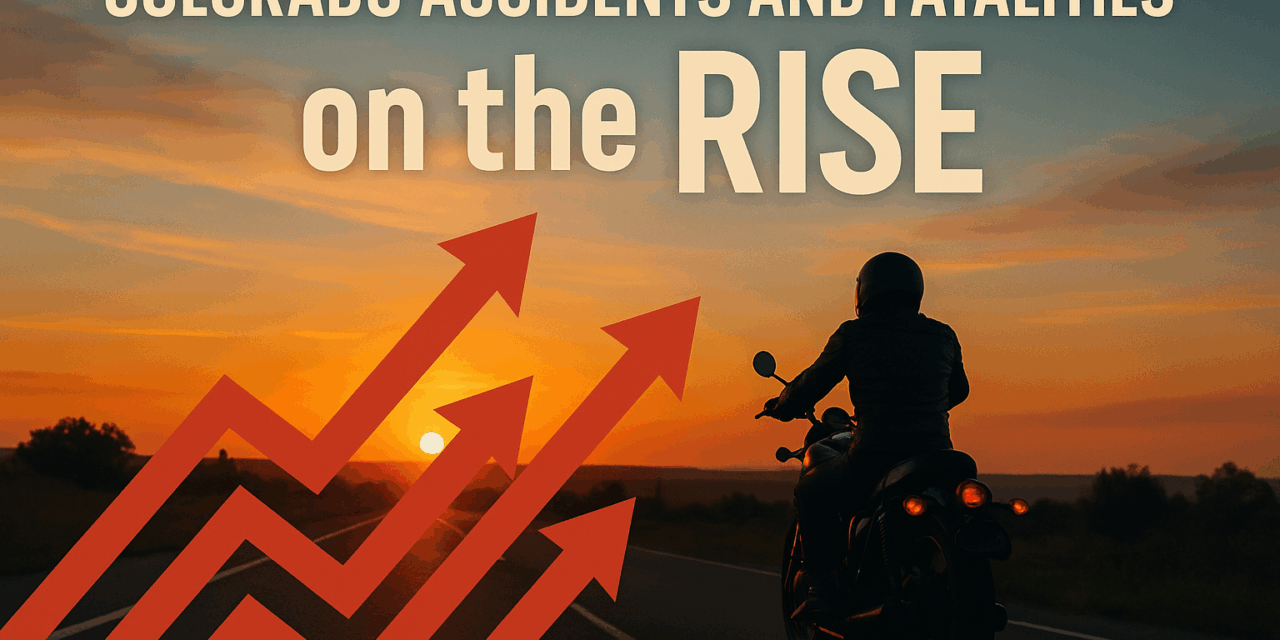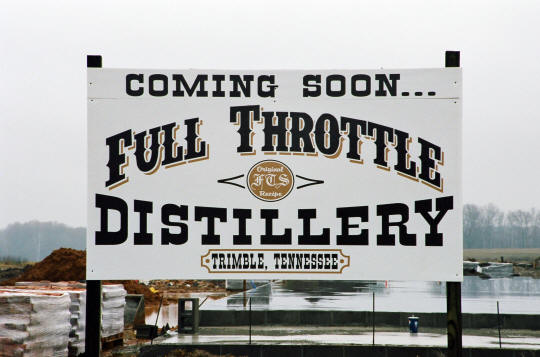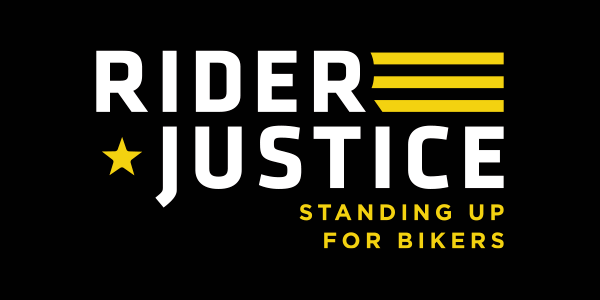The Colorado State Patrol (CSP) and the Colorado Department of Transportation (CDOT) are sounding the alarm once again. Motorcyclist fatalities remain a tragic and troubling reality on Colorado roads, and the numbers don’t show signs of slowing down.
So far in 2025, 61 riders have already lost their lives, and 29 of them were not wearing helmets at the time of their crash. For those who live the rider lifestyle, these aren’t faceless statistics — We call them THE FACES BEHIND THE HELMET. They are friends, family, and members of our community. They were sons and daughters, husbands and wives, who will never return home. Their loss leaves a permanent void, families forever changed, and loved ones searching for answers. Each tragedy reminds us that behind every number is a story, and behind every ride is a life worth protecting.
Breaking Down the Numbers
CSP shared long-term data with CBS Colorado, and it’s clear this issue has been building for years:
-
2020: 140 deaths (74 no helmet)
-
2021: 137 deaths (76 no helmet)
-
2022: 149 deaths (76 no helmet)
-
2023: 135 deaths (68 no helmet)
-
2024: 165 deaths (73 no helmet) – 122 deaths with another vehicle (based on statistics from Hurt report)
Last year’s total of 165 fatalities was the deadliest year on record for motorcyclists in Colorado, a 22% increase from the year before. Nearly half of those riders weren’t wearing a helmet at the time of their crash.
Motorcycle deaths now account for almost one in four traffic fatalities in the state.
🚨 Why CDOT Emphasizes Helmets and Gear
-
Immediate, Measurable Factor
-
Helmet use is a binary variable — either the rider had one on or didn’t.
-
CDOT can quickly track and report this across fatalities, so it becomes a simple, consistent talking point.
-
-
Preventable Injury Severity
-
Even when a crash happens, helmet use and gear dramatically reduce the severity of injury (especially traumatic brain injuries).
-
Agencies stress helmets because they can’t eliminate distracted drivers overnight, but they can show that gear reduces fatalities and lifelong trauma.
-
-
Policy Leverage
-
Helmet use is something within the rider’s control, while distracted driving by other motorists is harder for CDOT to directly regulate through rider-focused campaigns.
-
It’s a way to “shift responsibility” toward riders to take protective measures.
-
🚗 The Bigger Issue: Causes of the Crashes
The primary causes of fatal motorcycle crashes in Colorado (and nationally) include:
-
Distracted driving (cell phones, in-car tech, inattentiveness)
-
Careless or aggressive driving by motorists
-
Impairment (alcohol, marijuana, prescription drugs)
-
Excessive speed
In fact, Colorado crash reports (CDOT + CSP) regularly show that many motorcycle fatalities involve another driver at fault — failing to yield, making left turns, or drifting into the rider’s lane. Yet this isn’t usually the headline in CDOT’s press releases.
🎯 Why the Messaging Feels Off to Riders
-
From a rider’s perspective, CDOT’s focus on helmets can feel like blaming the victim rather than tackling the cause of crashes.
-
The riding community often pushes back, asking: Why aren’t agencies holding distracted drivers accountable with the same urgency that they push helmet messaging?
 Protective Gear: More Than a Choice
Protective Gear: More Than a Choice
CDOT is urging riders to think beyond just the helmet. A good ride doesn’t mean shorts and a t-shirt — it means gear built to protect you when things go wrong:
-
Helmet – (We recommend Cycle Gear, Revzilla and Brake Free LED Helmet Light)
-
Protective jacket
-
Boots
-
Riding pants (We recommend NBT Clothing, and Tobacco Motorwear)
Sam Cole, CDOT’s Traffic Safety Manager, put it bluntly: “Wearing that protective gear could be the difference between life and death in a crash. We see a lot of motorcyclists who suffer permanent brain trauma because they hit their head on the pavement without a helmet.”
For those of us who’ve ridden for years, we know that gear isn’t about looking tough — it’s about getting home to ride another day.
What’s Driving the Numbers?
CSP points to two major factors fueling Colorado’s motorcycle crashes:
-
Speeding
-
Impairment (alcohol, marijuana, prescription medication, or other drugs)
In 2024 alone, 20% of fatalities involved impairment. Riding under the influence — of anything — doesn’t just risk your own life, it risks the lives of everyone on the road.
And let’s not forget: lane splitting is illegal in Colorado. Cutting between cars on highways or roads can quickly turn deadly.
The 100 Deadliest Days of Summer
Summer is here, and with it come what safety officials call the “100 Deadliest Days.” More riders hit the road, more drivers are distracted, and more crashes happen.
As CSP reminds us, lowering these numbers comes down to the simple things: watching out for each other, riding sober, keeping speed in check, and wearing proper gear.
A Call to the Rider Community
We can’t afford to lose more brothers and sisters on the road. The record-setting deaths of 2024 should serve as a wake-up call. Ride smart. Ride safe. Look out for each other.
Every life saved means one more rider who gets to enjoy the freedom of the open road.






